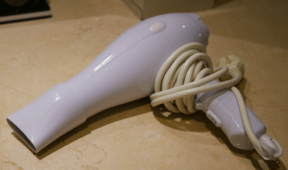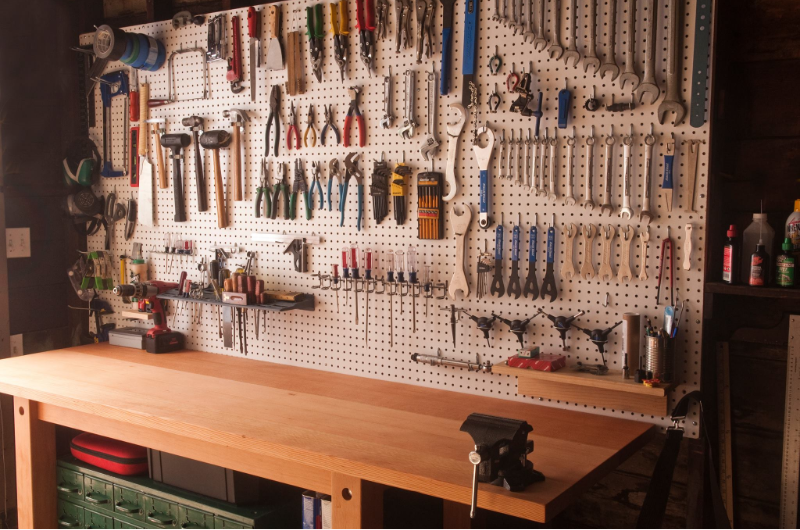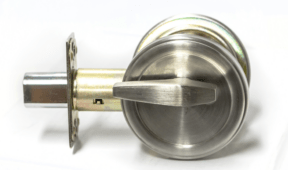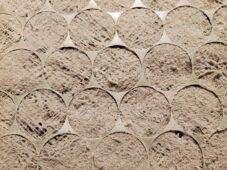Landscaping Mistakes That Will Leave Your Yard With More Weeds
A well-kept yard doesn’t just look nice, it feels good to step outside into and see healthy, green space, but weeds can undo all that hard work in no time. Often, it isn’t neglect that brings weeds, but rather simple landscaping mistakes that invite them in. Knowing what not to do is just as important as knowing what to do when it comes to keeping weeds at bay, so here are some common landscaping mistakes that invite weeds to your yard.
Choosing the Wrong Grass Type
Not all grasses thrive in the same conditions. Planting a type that isn’t suited to your region or soil means weak, patchy growth, and thin grass leaves open areas where weeds can easily take over. Matching your grass to local climate and sunlight levels is a critical step in keeping weeds at bay, so it’s well worth doing a little research before buying seed or sod.
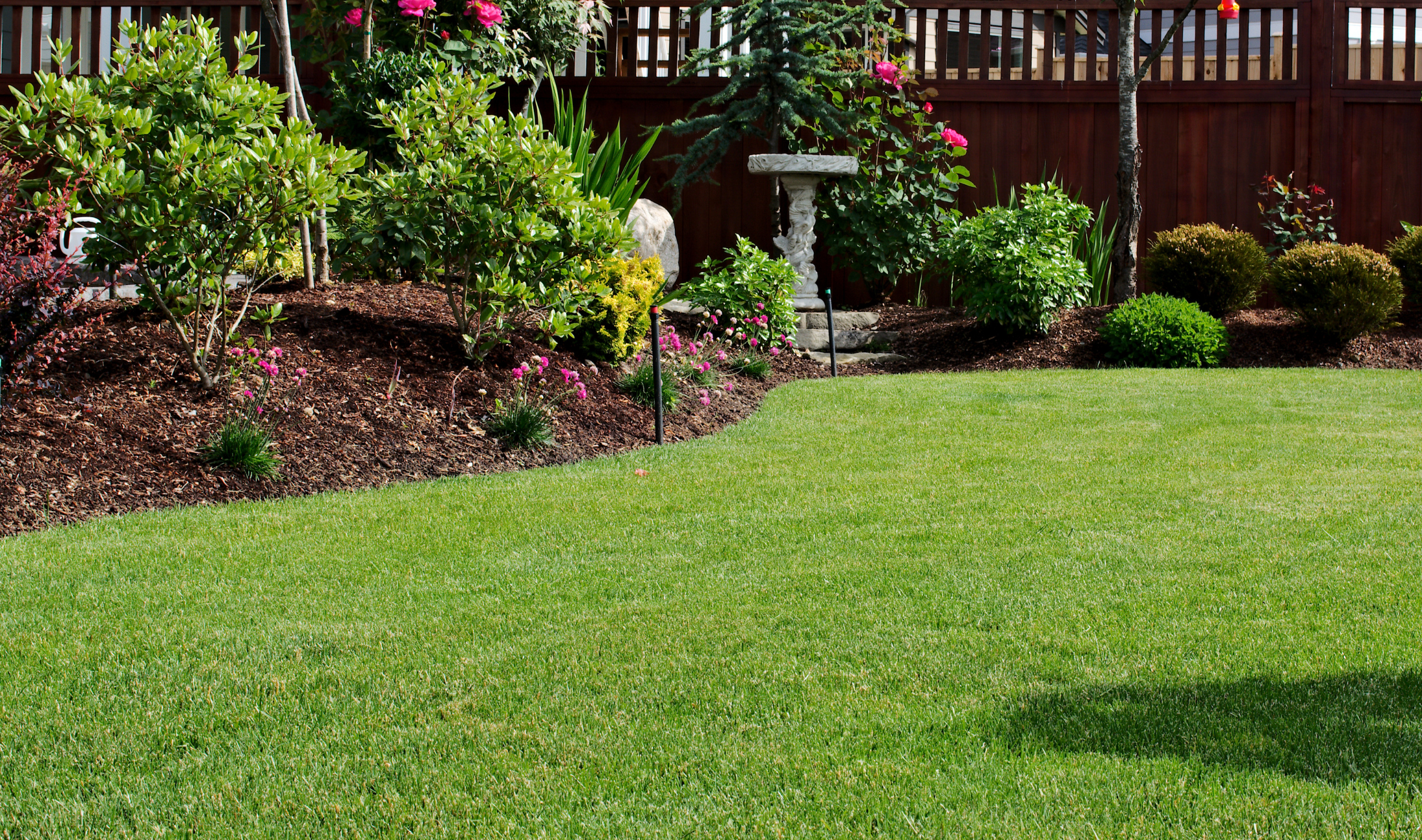
Over-Fertilizing
Many assume that more fertilizer equals healthier grass, but the opposite is often more true. Too much fertilizer encourages shallow roots and uneven growth, which creates weak spots that weeds can take advantage of. Excess nitrogen can even feed certain types of weeds more than grass. Using the right product at the right time and in the correct amount will strengthen your turf instead of helping weeds flourish.
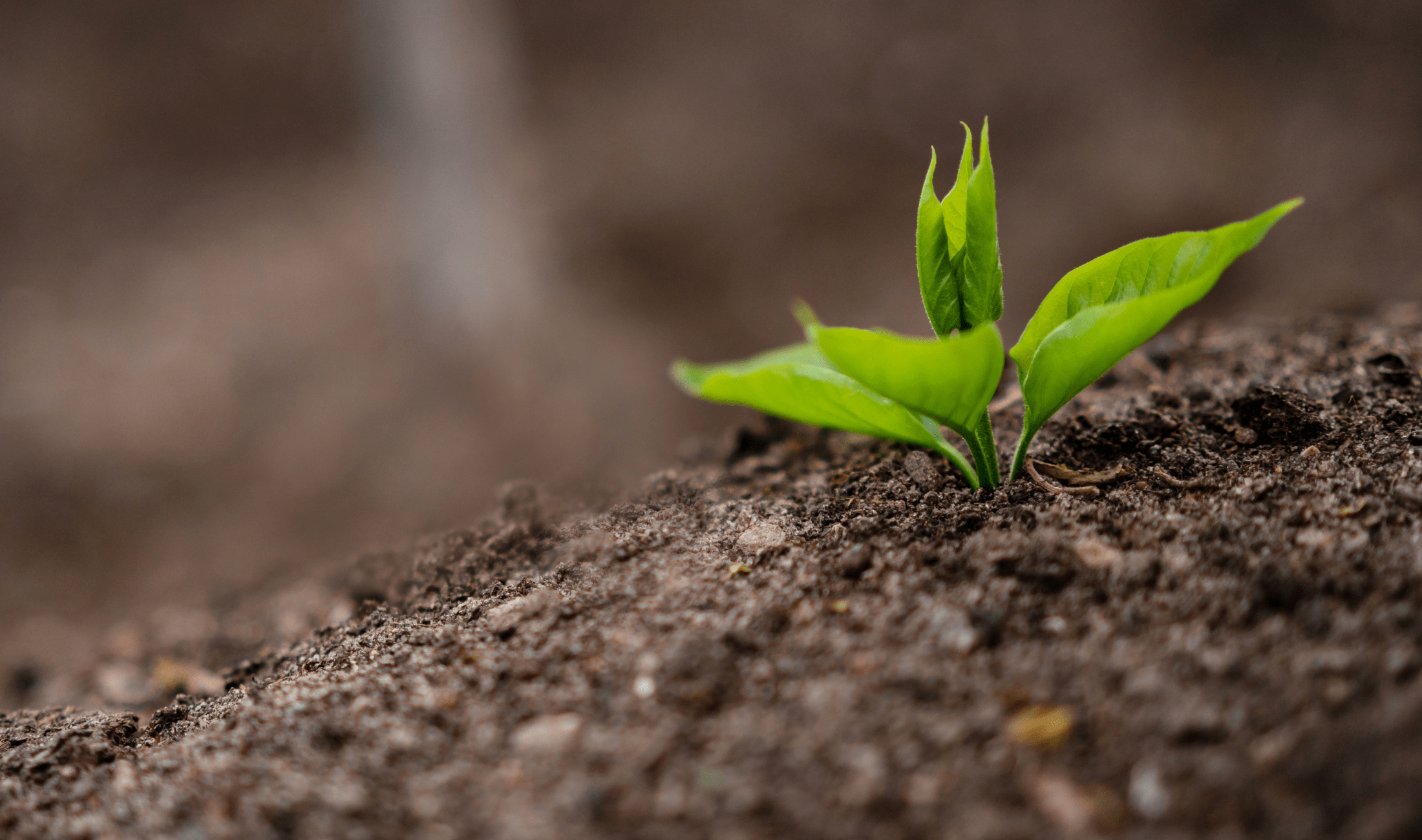
Letting Thatch Build Up
Thatch is a layer of dead grass and roots that collects between soil and new growth. When it becomes too thick, water and nutrients can’t penetrate properly, weakening your grass and giving weeds a chance to sprout through the mat. Regular dethatching or aerating keeps that layer under control and prevents weeds from using it as a base to spread.
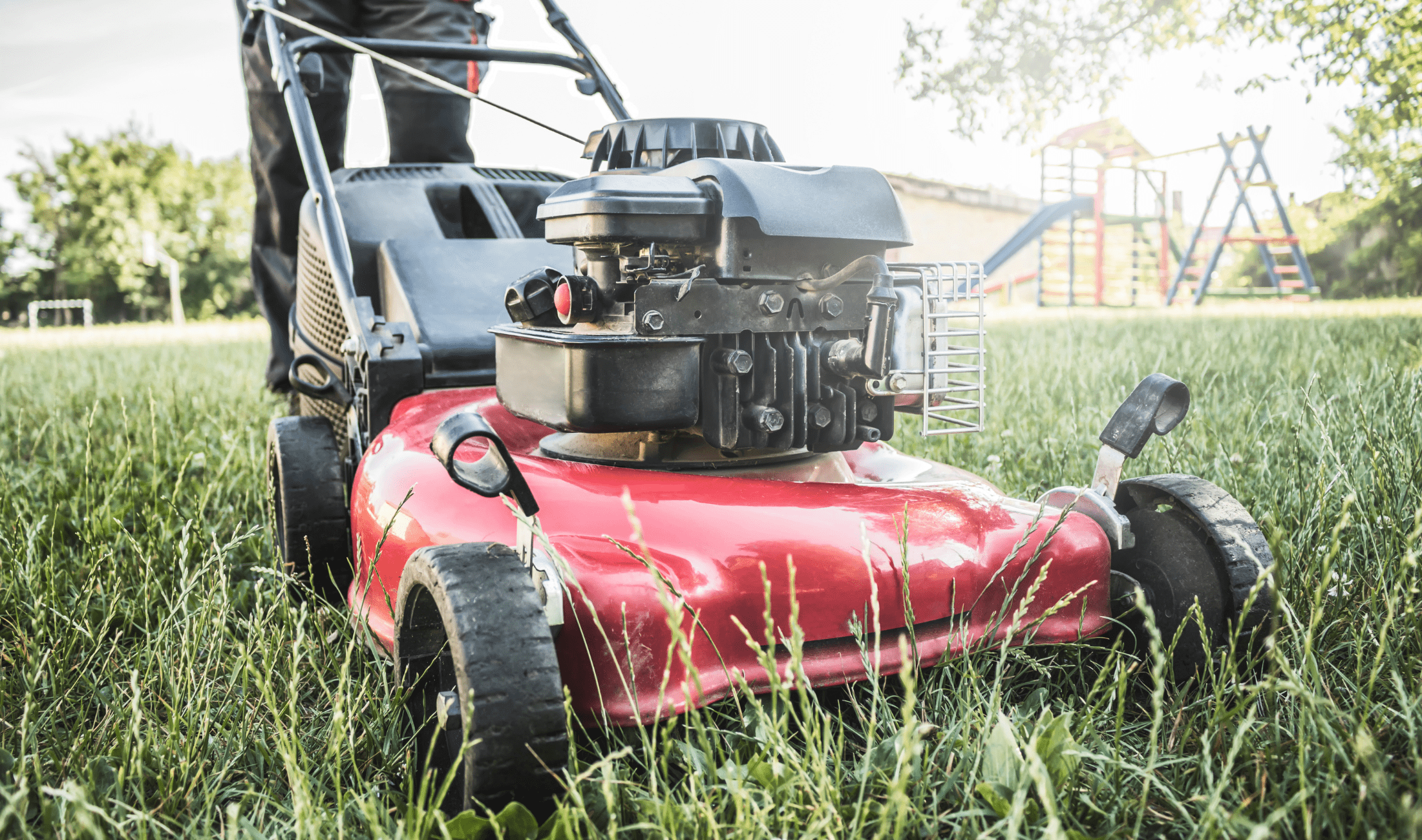
Skipping Pre-Emergent Treatments
Many only think about weeds once they appear, but by then it’s usually too late. Pre-emergent treatments stop weed seeds before they sprout. Skipping these treatments, especially in early spring or fall, almost guarantees more weeds throughout the year. A pre-emergent treatment at the right time creates a protective barrier in the soil that helps block future growth.
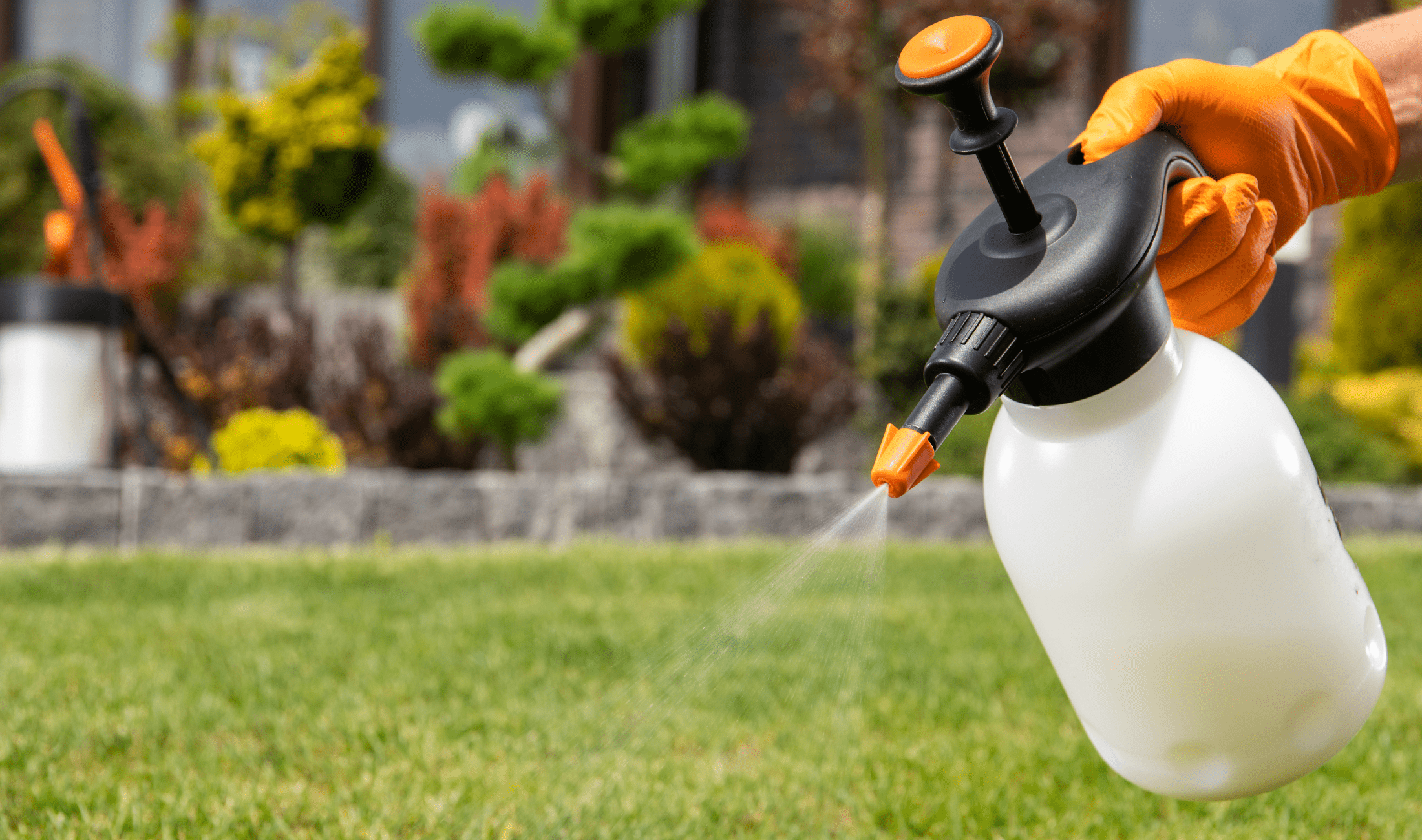
Letting Lawn Equipment Spread Seeds
Mowers, trimmers, and even wheelbarrows can carry weed seeds from one spot to another. If you mow over a patch of weeds, the seeds can scatter across the entire yard. Cleaning blades and equipment regularly, especially after tackling known problem areas, will help stop the accidental spread across your lawn.
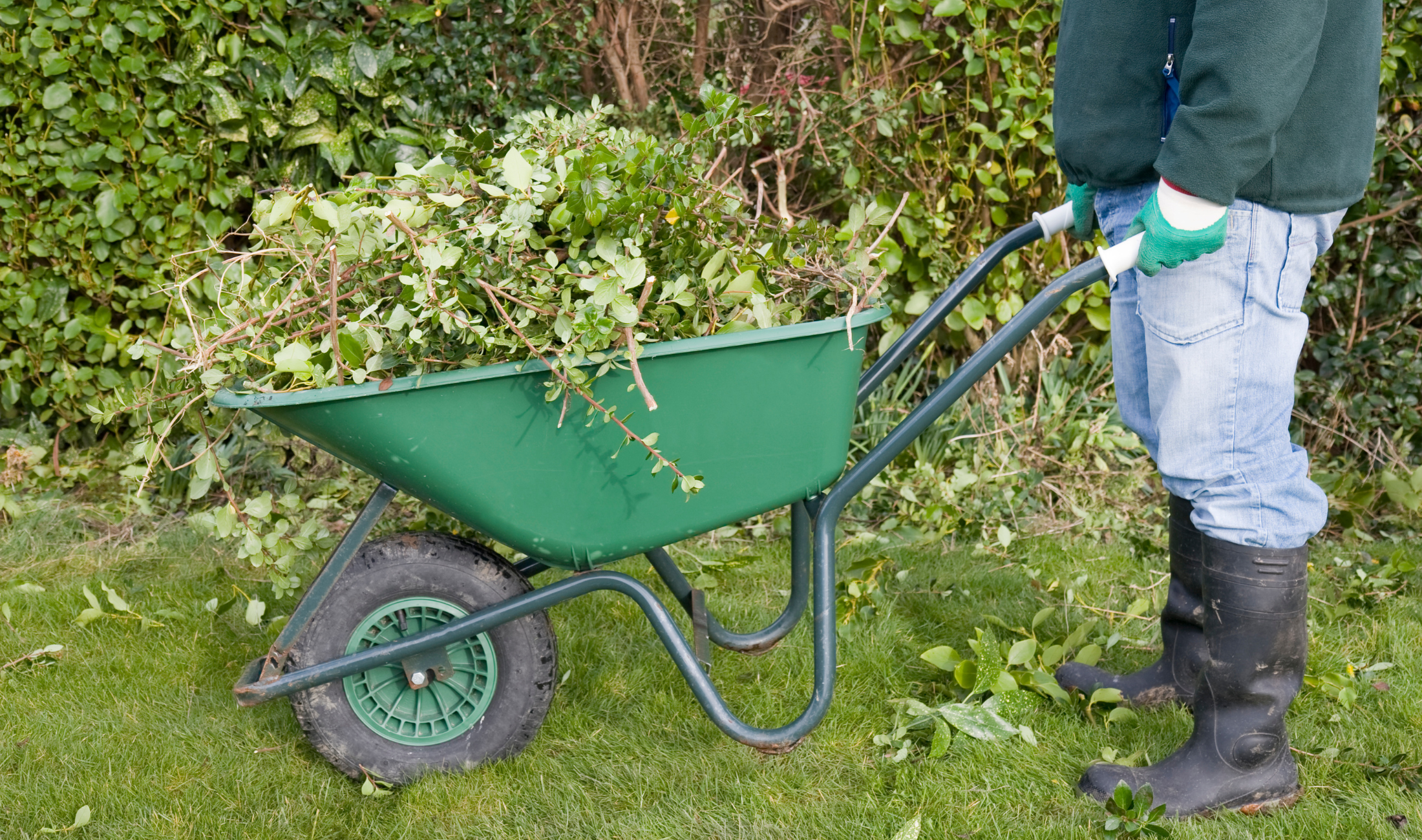
Poor Irrigation Design
Even if you water the right amount, uneven irrigation creates problems. Sprinklers that leave dry spots encourage weeds that thrive in stressed soil, while overwatered areas invite species that prefer soggy conditions. Checking coverage and adjusting placement ensures grass grows evenly, leaving fewer weak areas for weeds to establish themselves.
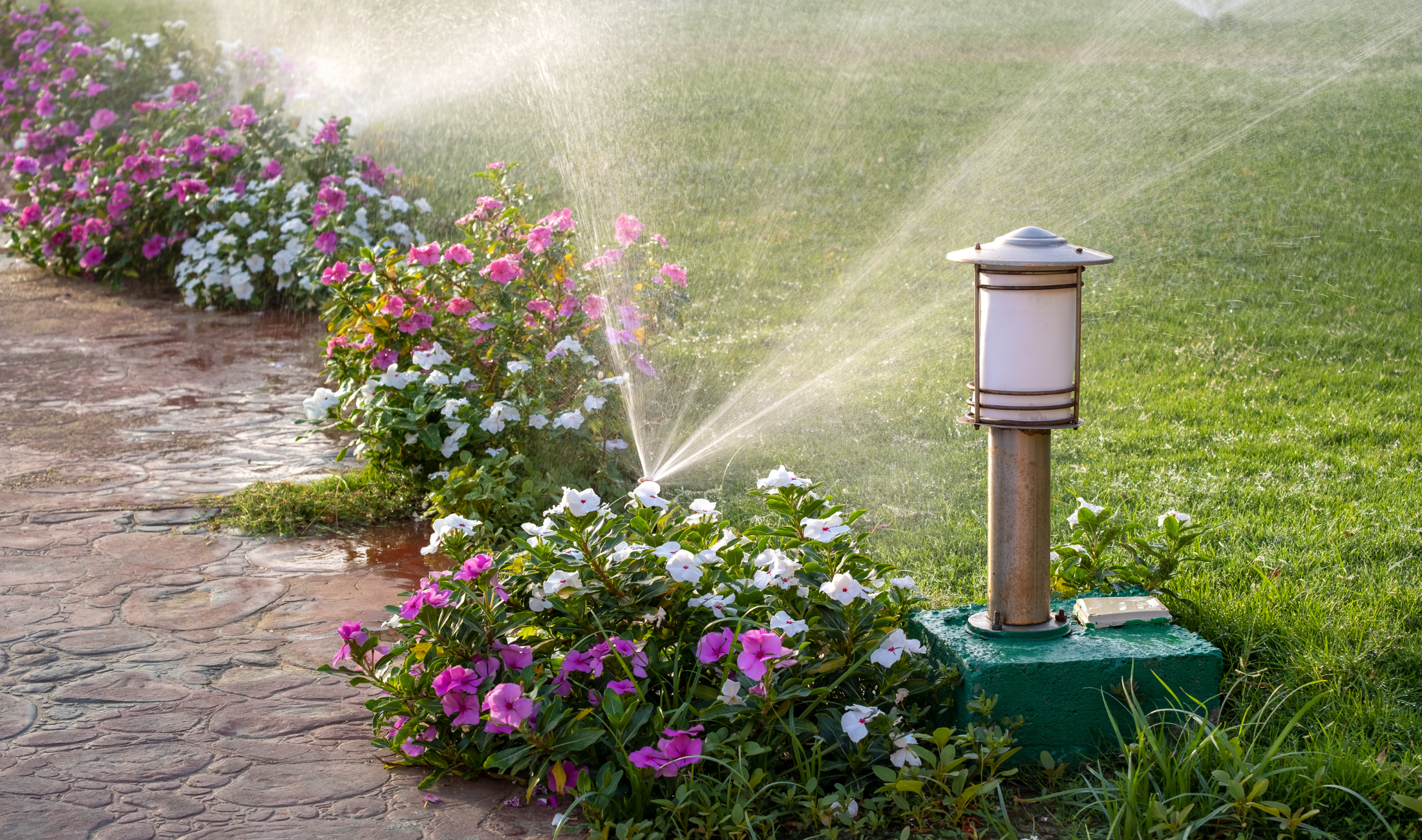
Ignoring Microclimates
Every yard has areas with different conditions, like shady corners, spots near concrete, or slopes that dry out fast. Planting the same way everywhere ignores these differences and leads to weaker growth in certain areas, which we know now just leads to more invasive weeds. Adjusting plant selection and care to fit each microclimate is definitely a bit more work, but it helps prevent weed-friendly gaps from forming.
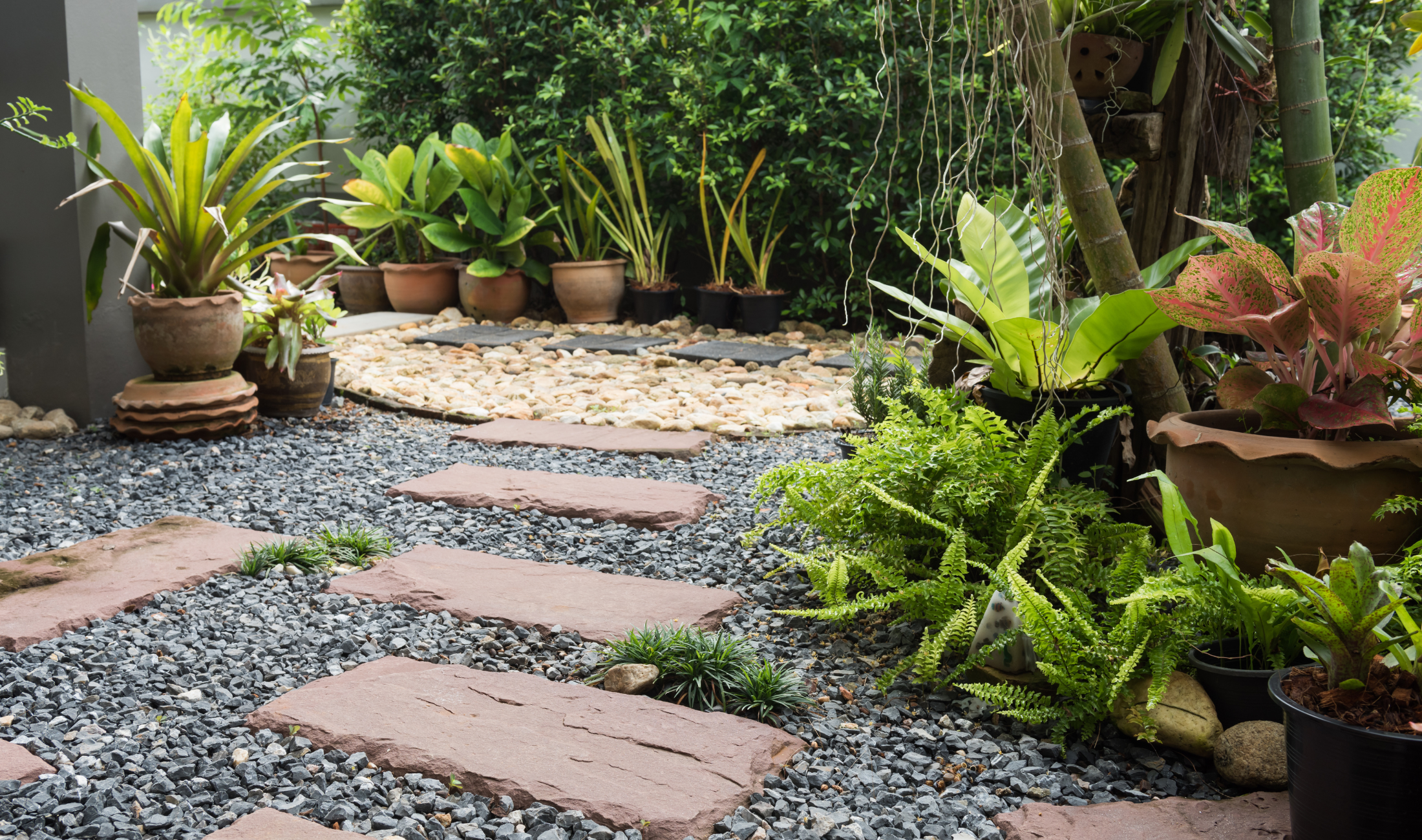
Letting Edging Materials Break Down
Wood edging, plastic barriers, and even stone dividers eventually degrade. The cracks and gaps that form in the process give weeds the perfect entry point into garden beds and lawn borders. Once they take root there, they spread outward quickly. Regularly checking and replacing worn materials keeps these barriers strong, effective, and looking great.
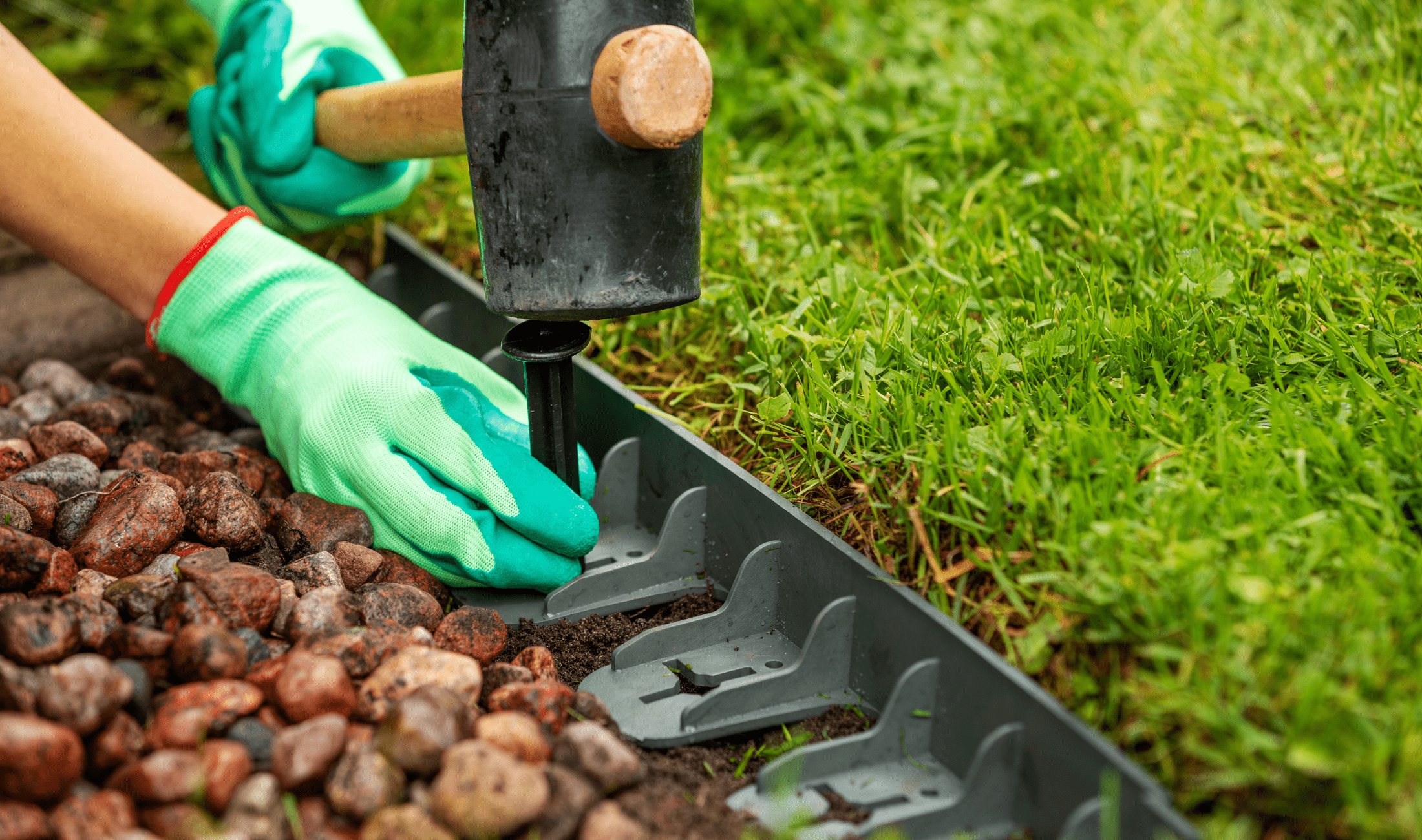
Related Articles
- Mowing Your Lawn This Way Stops Weeds From Spreading
- Baking Soda Is a Great DIY Weed Killer
- How to Get Rid of Weeds Without Killing Grass for a Perfect Lawn
Weed problems often trace back to overlooked details, not just poor mowing or watering habits. From equipment hygiene to choosing the right grass, making changes in these areas can stop weeds before they ever appear. Strong, well-planned landscaping leaves little room for weeds and much more room for a yard you can enjoy.


